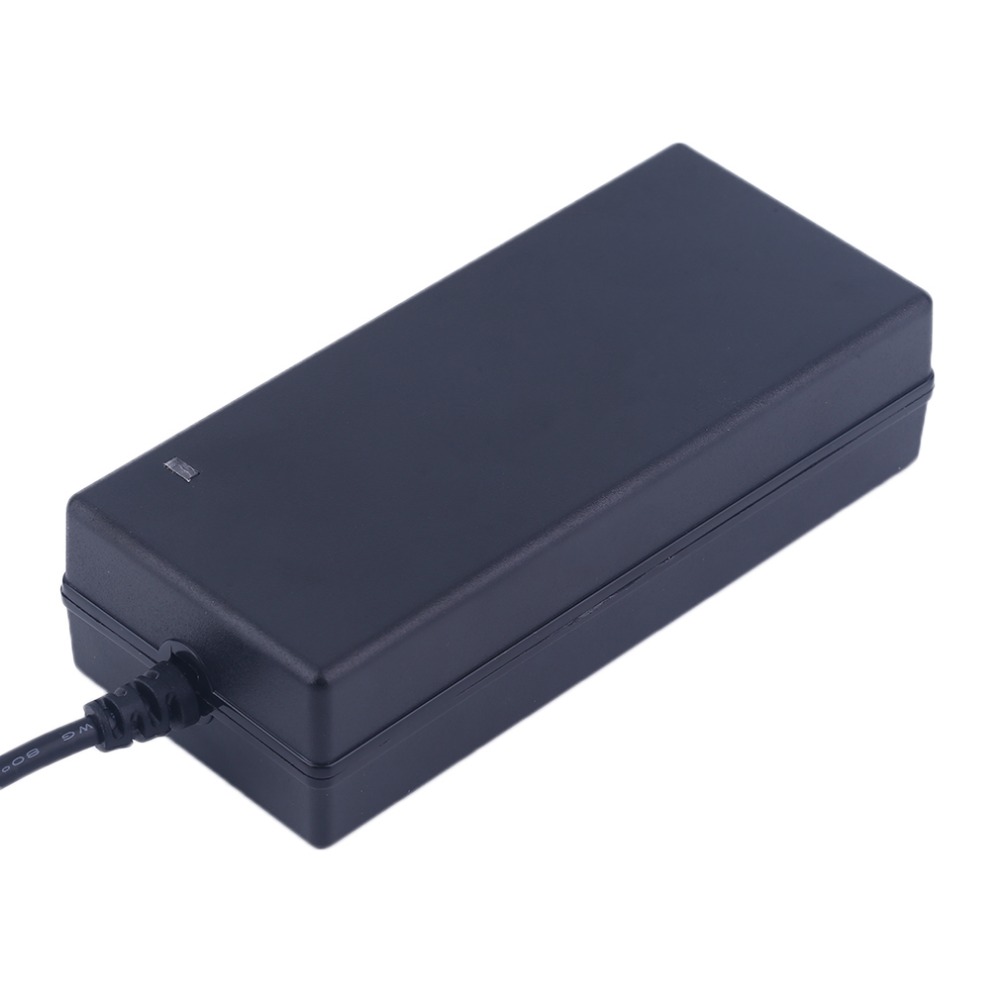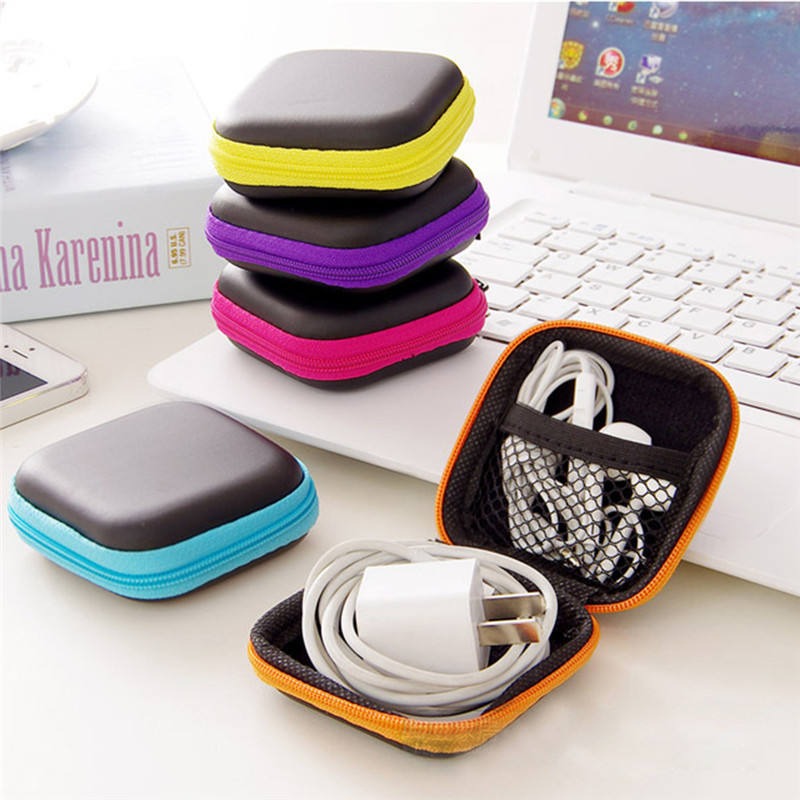
Hoverboards have become a popular mode of transportation and a fun way to get around. However, like any electronic device, hoverboards require regular charging to keep them running smoothly. When it comes to charging your hoverboard, you have two options: using a hoverboard charger or opting for a universal charger. In this article, we will explore the differences between hoverboard chargers and universal chargers and determine which option is better for efficient and safe charging.
Hoverboard Chargers
Hoverboard chargers are specifically designed for hoverboards and are often included with the purchase of a hoverboard. These chargers are tailored to meet the voltage and amperage requirements of hoverboard batteries, ensuring safe and efficient charging. Hoverboard chargers typically feature a 3-prong or 4-prong connector that fits securely into the charging port of the hoverboard.
Pros of Hoverboard Chargers:
- Compatibility: Hoverboard chargers are designed to be compatible with specific hoverboard models, ensuring a proper fit and reliable charging.
- Safety: Hoverboard chargers are built with safety features such as overcharging protection, short-circuit protection, and overheating protection. These safety measures help prevent damage to your hoverboard’s battery and reduce the risk of accidents during charging.
- Efficient Charging: Hoverboard chargers are optimized for charging hoverboard batteries, providing a consistent and efficient charging process. They are designed to charge the battery to its full capacity without overcharging or damaging the cells.
Cons of Hoverboard Chargers:
- Limited Compatibility: Hoverboard chargers are designed for specific hoverboard models, which means they may not be compatible with all hoverboards. If you have multiple hoverboards with different charging requirements, you may need to purchase multiple chargers.
Universal Chargers
Universal chargers, as the name suggests, are designed to charge a wide range of electronic devices, including hoverboards. These chargers come with multiple detachable connectors or interchangeable tips, allowing them to be used with various devices. Universal chargers often have adjustable voltage settings to accommodate different devices’ charging requirements.
Pros of Universal Chargers:
- Versatility: Universal chargers can charge a variety of electronic devices, including hoverboards. They are a convenient option if you have multiple devices with different charging requirements, as you can use the same charger for all of them.
- Cost-effective: Investing in a universal charger can be cost-effective if you have multiple devices that require charging. Instead of purchasing separate chargers for each device, a universal charger can fulfill all your charging needs.
- Portability: Universal chargers are often compact and lightweight, making them easy to carry around when traveling. The ability to charge multiple devices with one charger can reduce the number of chargers you need to bring on your trips.
Cons of Universal Chargers:
- Compatibility Concerns: Universal chargers may not always provide the optimal charging experience for hoverboards. While they may be able to charge the battery, they may not provide the precise voltage and amperage required for efficient charging and battery health.
- Safety Risks: Universal chargers may not have the same built-in safety features as hoverboard chargers. They may lack features such as overcharging protection, short-circuit protection, and overheating protection, which are essential for safe charging.
- Inefficient Charging: Since universal chargers are designed to charge various devices, they may not provide as efficient charging as hoverboard chargers. Using a charger with incorrect voltage or amperage settings can lead to slower charging times, reduced battery life, or even damage to the battery.
Conclusion
When it comes to charging your hoverboard, using a hoverboard charger is generally the better option. Hoverboard chargers are specifically designed for hoverboards, ensuring compatibility, safety, and efficient charging. They come with built-in safety features and provide the precise voltage and amperage required for optimal charging and battery health.
While universal chargers offer versatility and cost-effectiveness, they may not provide the same level of safety and efficiency as hoverboard chargers. Using a universal charger with incorrect voltage or amperage settings can lead to subpar charging and potential damage to your hoverboard’s battery.









